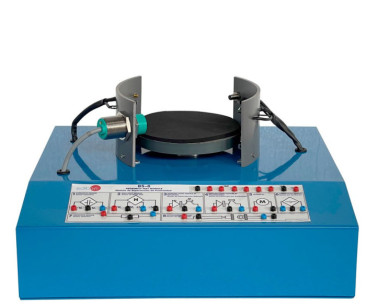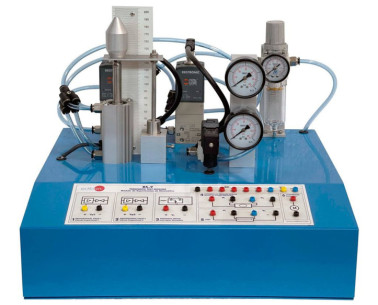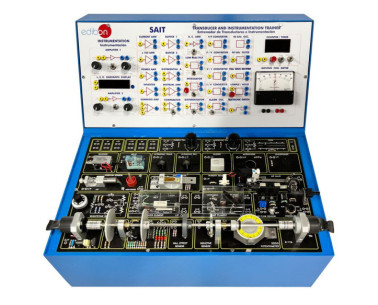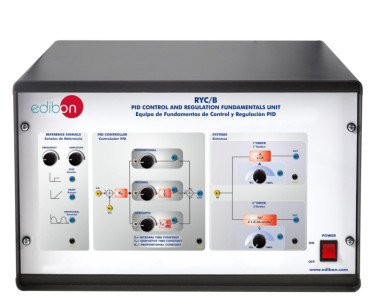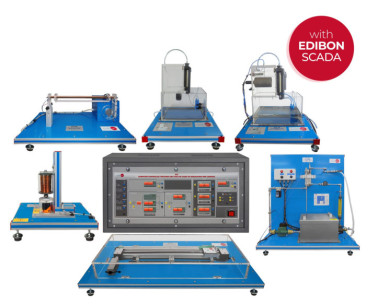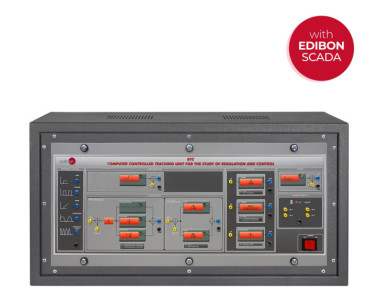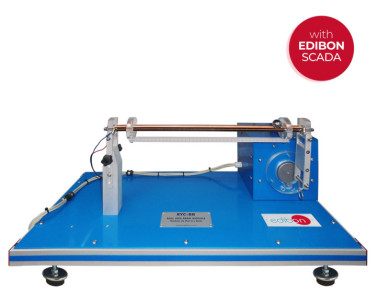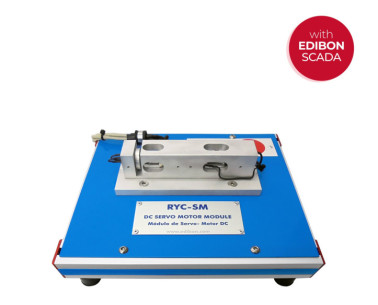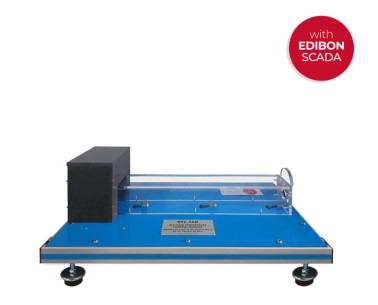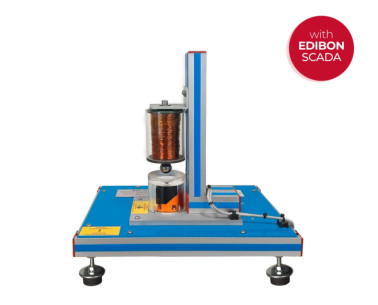FOR FURTHER INFORMATION, CONTACT US
2.4.- INDUSTRIAL ELECTRONICS
Industrial electronics is a branch of electronic engineering that focuses on industrial-grade electronic systems. One of the most important branches of industrial electronics is power electronics, which is responsible for the development of electronic applications that control and regulate high levels of voltages and currents.
View moreThe evolution of industrial electronics, like all branches of engineering, is determined by scientific advances in this field. The most important developments in power electronics are those of the following semiconductor components: SCR rectifiers, GTO thyristors and, above all, IGBT transistors. These semiconductor components combined with a central control circuit are capable of performing such vital tasks in modern industry as the control of electric motors, the controlled supply of industrial equipment by regulating voltages and currents, or the development of electrical inverters and rectifiers.
Industrial electronics has a long career ahead of it due to the development of power electronics and the improvement of control systems, which have increasingly lower installation costs and are capable of handling higher powers with more precise controls, extending their use in the electrical system (fostering the proliferation of new smart grid and micro grid type schemes), in the transportation system (with high speed trains, electric and hybrid cars, electric motorcycles, etc.), in lighting control systems, etc. The incorporation of these latest advances in industrial electronics in all these sectors increases energy efficiency and helps to reduce pollution and the sustainability of the systems that incorporate it.
View Products Cookie preferences
Cookie preferences

